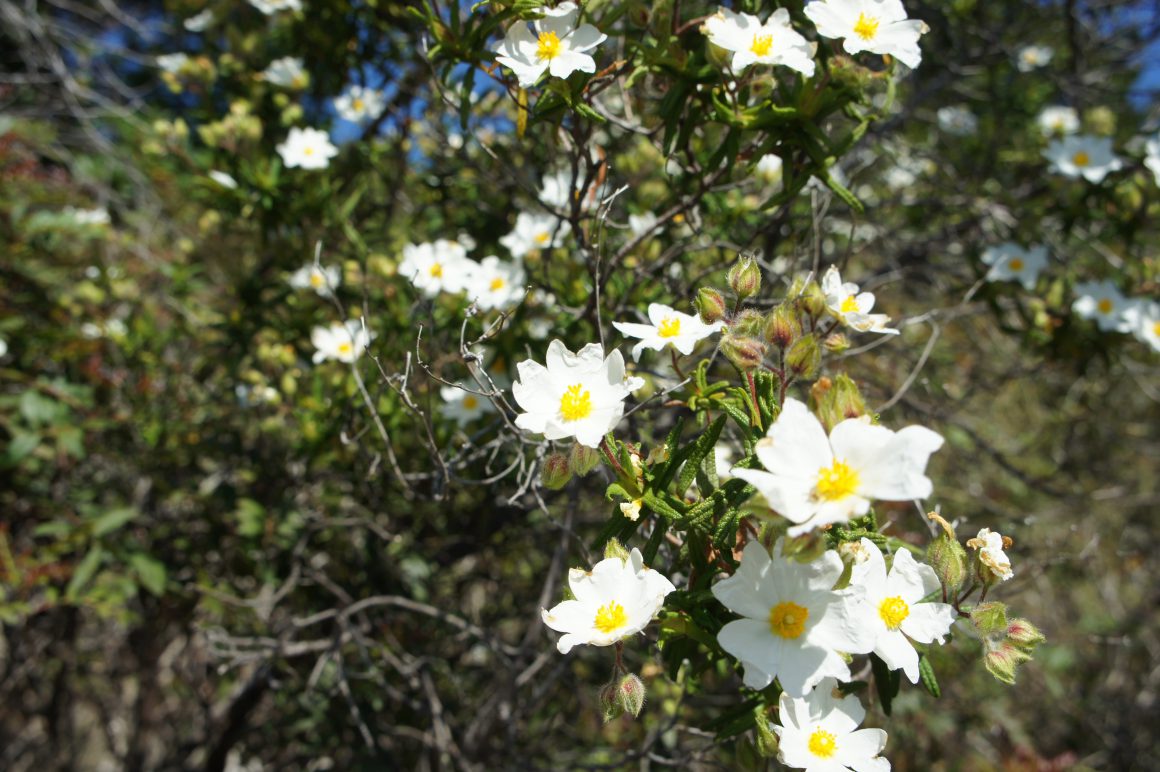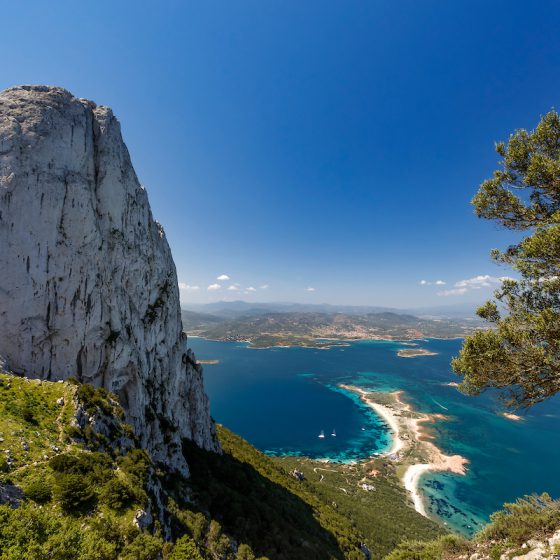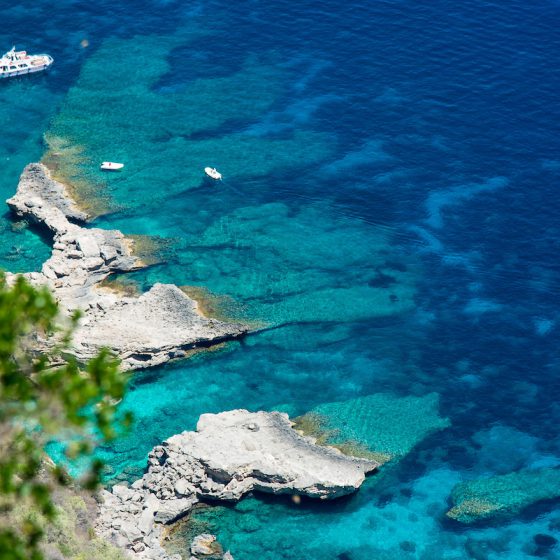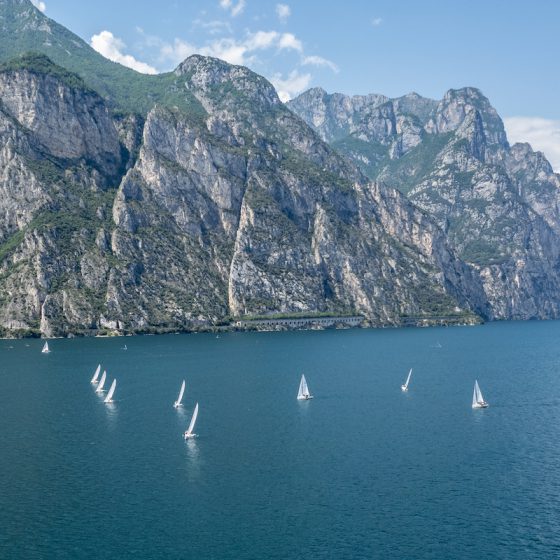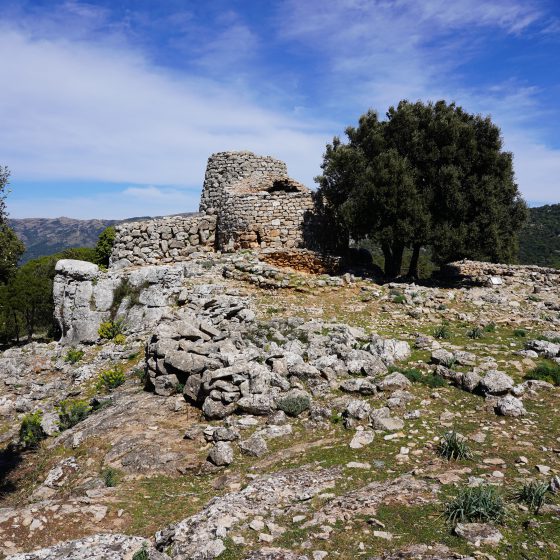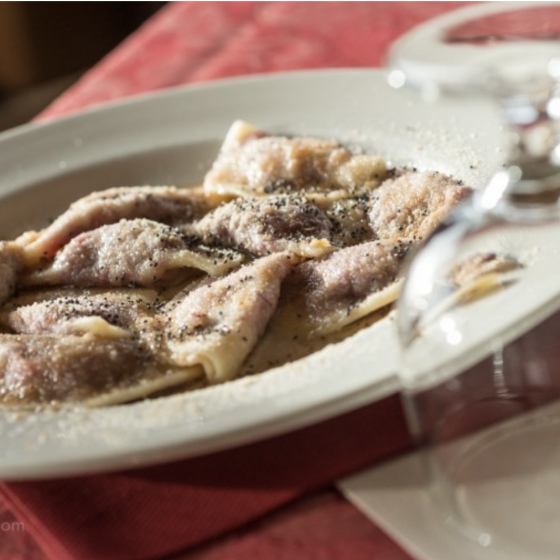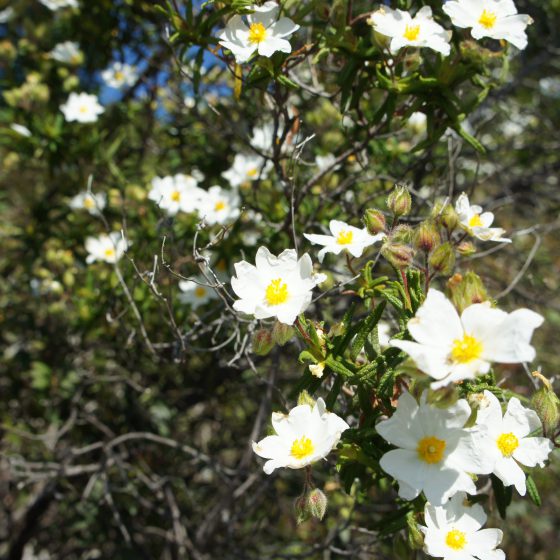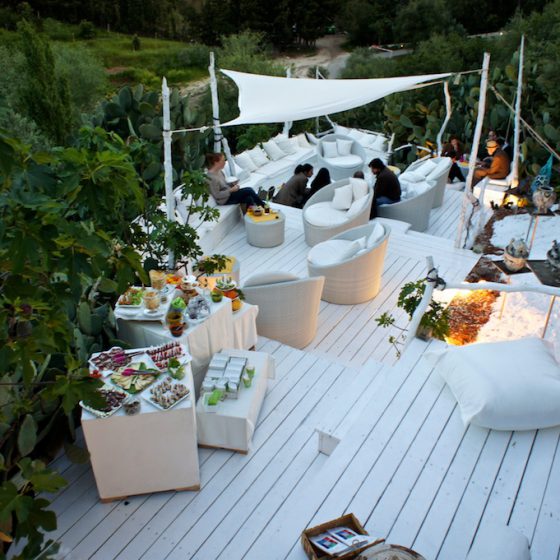Sardinia’s most popular beverage is of course wine, as with most of Italy. With an optimal Mediterranean climate, vineyards all over the island, and production that dates back thousands of years, why not? But don’t let that stop you from exploring the other beverages the island is known for – both alcoholic and non!
If you are interested to learn more about trips in Sardinia, visit Dolomite Mountains: Beyond the Dolomites.
Sardinian Liqueurs – Mirto and Limoncello
Sardinia is well known for its liqueurs, Mirto and Limoncello, made from myrtle and lemons respectively.
Mirto is the most popular Sardinian after-dinner drink, ubiquitous on the island in fact. This unique liqueur is made from the native flowering Mirto (or Myrtle) plant, which grows freely on Sardinia. There are two kinds of Mirto – Mirto rosso, the more common of the two, is a sweet red liqueur made from Myrtle berries, while the white Mirto bianco is made from the leaves. The Myrtle bush has long been recognized for its restorative and medicinal properties, dating back to the time of the ancient Greeks. Mirto is traditionally served at the end of the meal as a digestivo (a digestive aid), and is always served well chilled.
Limoncello is an Italian lemon liqueur, and while predominantly produced in Southern Italy, it is also made in Sardinia. It is the second most popular liqueur in Italy, and has recently become popular in other parts of the world. There is a debate about the exact origin of this drink, but it is thought to be at least one hundred years old. The liqueur is traditionally made from the zest of Femminello Saint Teresa lemons, also known as Sorrento lemons or Sfusato lemons. The zest, or peels without the pith, is steeped in grain alcohol until the lemon oil is released, and the resultant yellow liquid is mixed with simple syrup (sugar and water reduced). Like Mirto, limoncello is also traditionally served chilled, as an after-dinner digestivo. It is also an increasingly popular ingredient in mixed drinks, adding a strong lemon flavor to cocktails without the sourness or bitterness of lemon juice.
Sardinian Brandy – Filu ‘e Ferru
Another after dinner drink is Sardinian brandy, or filu ‘e ferru. This colorless liqueur is an excellent digestive, and intended to be served at room temperature. Created by carefully distilling grape pomace – the solid remains of the grape after pressing for juice to make wine – this brandy has a high alcohol content, and a very strong, dry taste.
Filu ‘e ferru (also filu ‘e ferru’ / fil’ ‘e ferru / Filuferru) translates literally to “iron wire,” which is a nod to the history of its origins. Several centuries ago, when clandestine distillers prepared the brandy at home without paying alcohol production taxes, they would hide their brandy and stills under ground to conceal them. They left only the end of a piece of baling wire above ground in order to later locate them, thus filu ‘e ferru. In some areas of Sardinia the brandy is called abbardente (from abba, refers to burning). This “water that burns” or “water that catches fire” is very strong, and a great way to finish a dinner in Sardinia with a flourish!
Sardinian Beer
Although generally not big beer drinkers, Sardinians like their beer more than Italians do on the mainland. In fact, Sardinians are Italy’s biggest beer drinkers, consuming 60 liters per person per year, almost double the national average. Lighter, lager-style beers are the most commonly available, while darker beers are less so. There are several local Sardinian beers, including the popular hoppy Birra Ichnusa (or simply Ichnusa). Brewed in Assemini, a town near the Sardinian capital Cagliari, Birra Ichnusa was named after the ancient Latin name of Sardinia. Founded in 1912, today it is owned by Heineken International. There are a number of microbreweries on the island, which are flourishing like never before. Check out the honey-like Biddanoa from the brewery of Cagliari, the citrusy Toccadibò from the barley brewery in Maracalagonis, the hoppy Pilsner from the Sedilo Brewery, the sweet Rubja from the Lara di Tertenia Brewery, and Flavia from the Rubiu Brewery in Sant’Antioco – named one of the best Italian beers of 2011. You will also find familiar Italian brews such as Peroni, Nastro Azzuro, and Moretti.
Non-Alcoholic Beverages on Sardinia
While Sardinians love alcohol, most love their non-alcoholic beverages even more. When you visit, you’ll notice that you are never far from a place to quench your thirst. The variety and quality of non-alcoholic beverages in Sardinia is so good, you’ll think twice before your order “just” water!
The ubiquitous soft drink (analcoliche, in Sardinia) is, not surprisingly, the most popular non-alcoholic beverage here. But in addition to coke, of course a popular soda wherever you travel, soft drinks come in various flavors throughout the island, including Chinotto, a local Italian alternative to coke that has less sugar and has a hint of lemon.
If you like fruit juices, be sure to try a spremuta. These freshly squeezed juices are usually made of orange juice (spremuta di arancia) or grapefruit juice (spremuta di pompelmi), as well as lemon juice with added sugar (spremuta di limone). Don’t miss the sweet crimson red spremuta di arancia that is made from blood oranges! There are also fresh fruit shakes, or frullato, often made with more than one fruit. And for hot days, order a granita – a crushed iced drink that comes in several flavors ranging from fruit to coffee.
Other common alternatives to alcoholic beverages include mineral water (aqua minerale), which can be ordered without bubbles (naturale) or fizzy (con gas, gassata, or frizzante), tea – most popularly served as “te freddo” or tea with ice during the summer, and milk – either taken “straight,” in coffee or tea, or flavored as a “frappe.”
For more information go to: www.dolomitemountains.com

